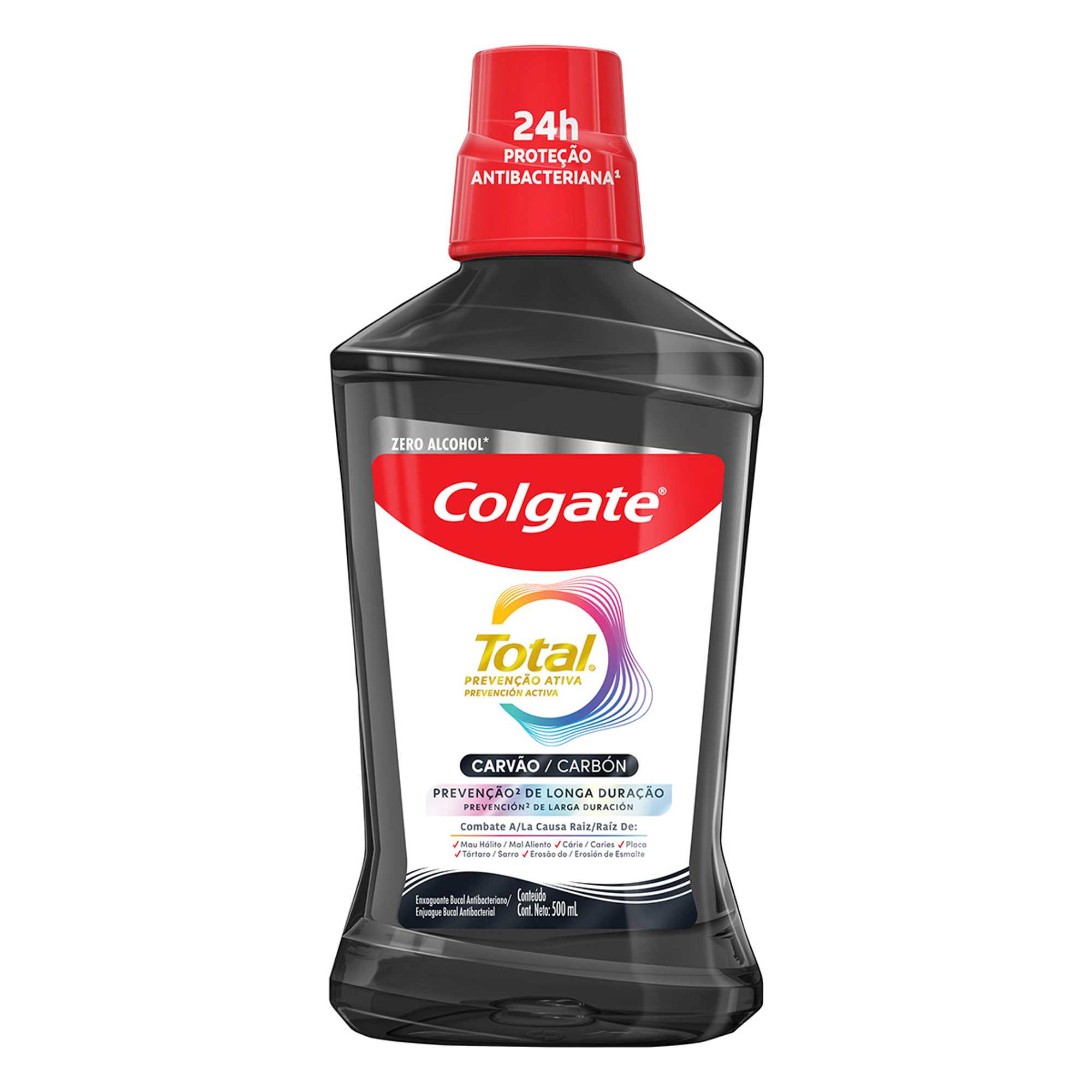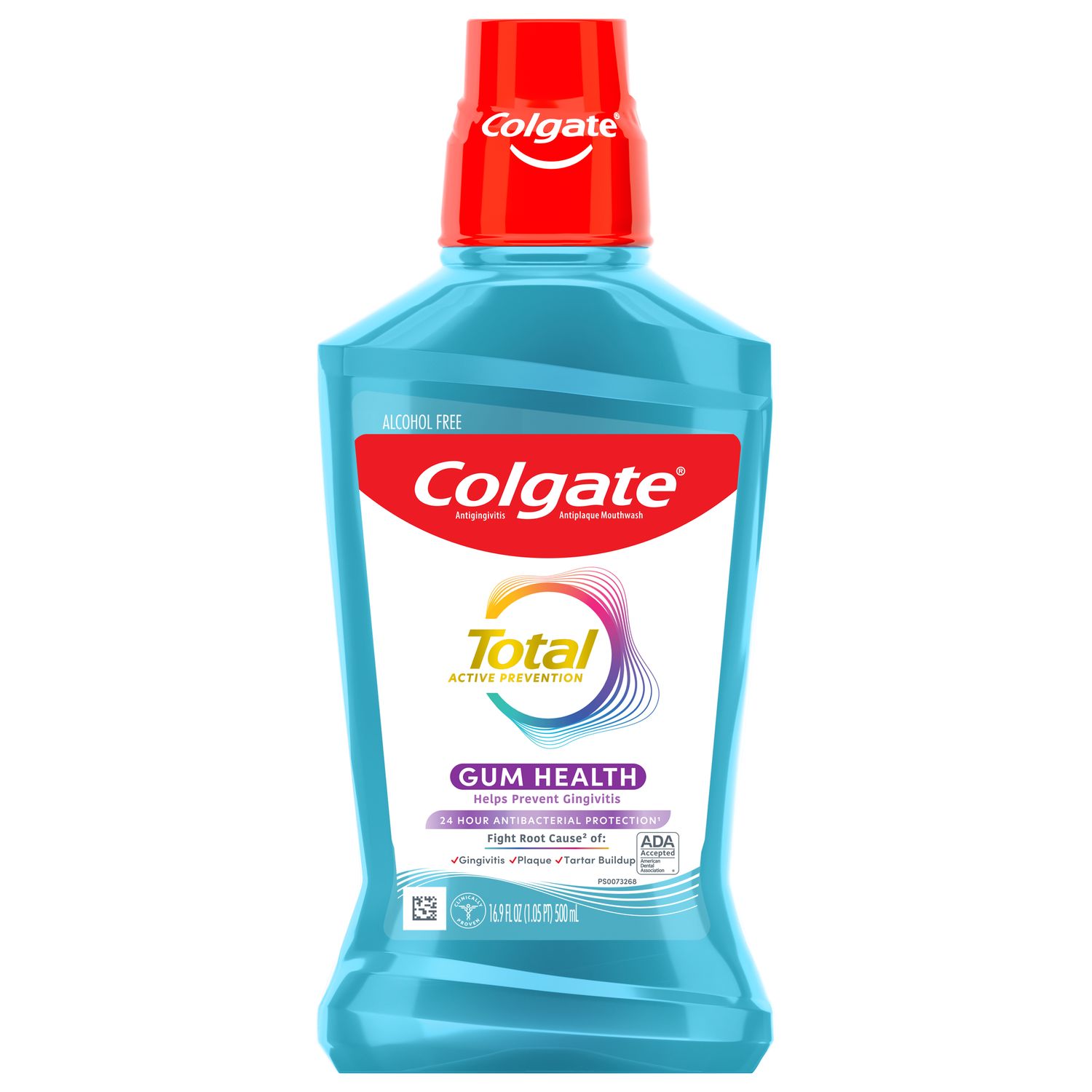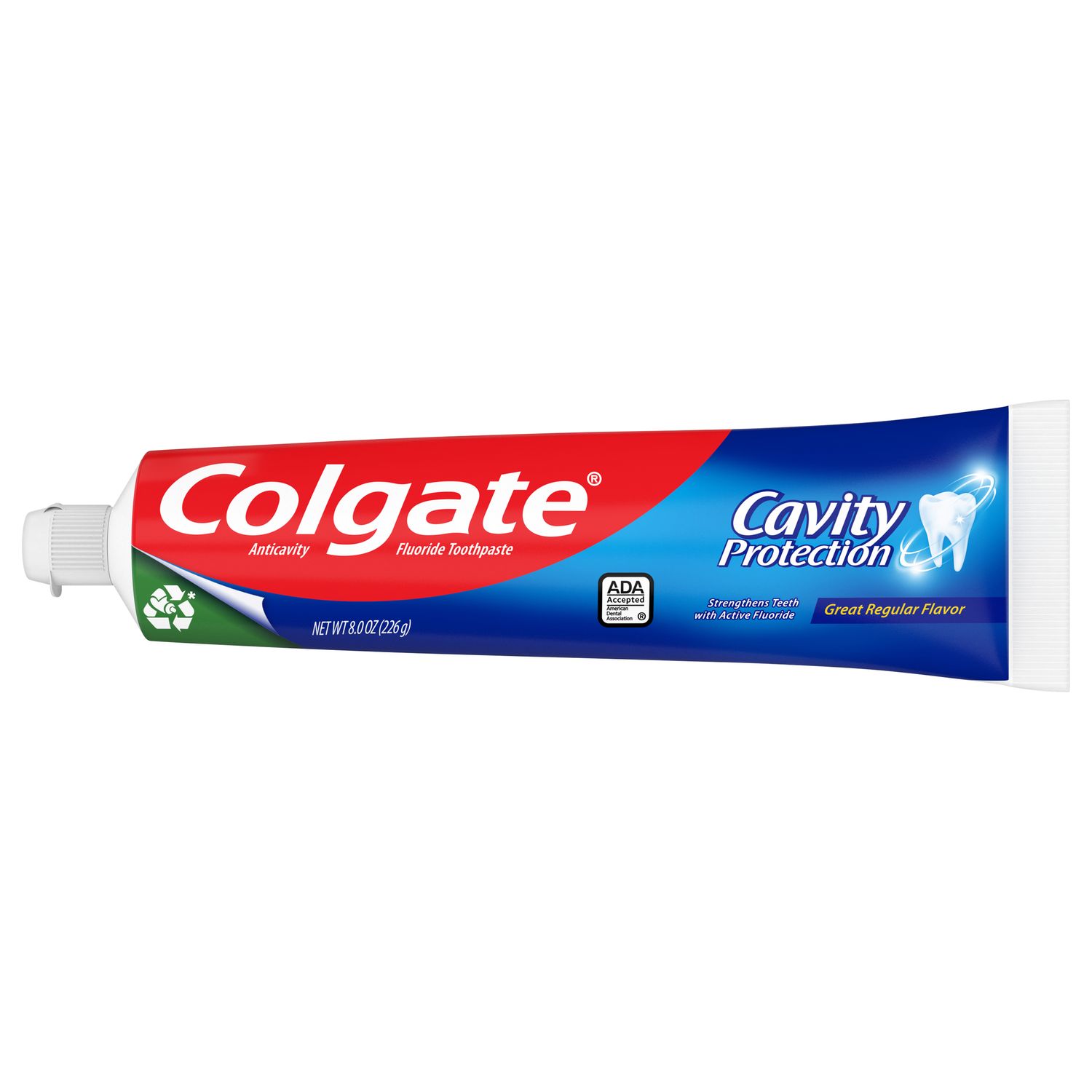-
-

FLUORIDE
What Is Stannous Fluoride Toothpaste?Discover what is Stannous Fluoride Toothpaste and its importance to prevent cavities and other oral health problems.

TEETH WHITENING
Whitening toothpaste - hydrogen peroxide vs. carbamide peroxideIf you lose one or more of your front teeth due to injury or decay, you may feel ...
-
Science & InnovationOral Health Commitment
- Oral Health Commitment
- Bright Smiles, Bright Futures
- Educational Resources
- Mobile Dental Van
- Volunteer
- ORAL HEALTH CHECK
- PRODUCT MATCH
- Oral Health and Dental Care | Colgate®
- Oral Health
- The Temporalis Muscle Jaw Pain and Headaches


Often an over-the-counter pain reliever or visit to your chiropractor can help remedy the common headache. In fact, they’re so common that 95% of women and about 90% of men experience headaches, according to the Harvard Medical School. But not all headaches are created equal. While many are induced by growing stress, a sore neck, or cramping back — it’s not uncommon for some headaches to be related to your jaw muscles. How? Find out below.
What Is The Temporalis Muscle
Your body consists of over 600 muscles. 4 of them, as Teach Me Anatomy explains, are responsible for your chewing. They include the masseter, medial pterygoid, lateral pterygoid, and temporalis muscle. The fourth is the temporalis muscle, commonly known as the temporal muscle. It helps you close your jaw and connects the side of the skull to the lower jawbone.
Can The Temporalis Muscle Cause Pain and Headaches
A case study in the Journal of Oral Research helps explain how occasionally the tendon of the temporal muscle can be the source of pain. Tooth clenching or grinding, prolonged mouth opening, muscle strains, nail-biting, and trauma, such as whiplash, can create inflammation within the tendon leading to the pain you might feel. Your temporomandibular joint (TMJ), which connects your lower jaw to your skull, can also become inflamed within the chewing muscles, often due to teeth clenching or grinding. And according to a study published in BioMed Research International, those with TMJ disorder (TMD) often experience pain and soreness.
The pain and discomfort, however, sometimes travel beyond your jaw. When your temporalis muscle becomes inflamed, overworked, and tired, the pain can spread throughout your body — to your ears, shoulders, neck, and skull. According to the Cleveland Clinic, headaches can and do occur when it reaches the head, including the occasional migraine.
How To Relieve Temporalis Muscle Pain
Not to worry. There are many ways to treat the pain from your temporalis muscle, as well as the headaches. After a thorough dental examination, your dentist can recommend the right treatment for your situation. Depending on the cause and severity of your pain and headaches, treatment options include:
- Resting the jaw
- Cold or hot compression
- Local anesthetics
- Corticosteroids
- Surgery(in the rarest of cases)
- Oral splints or mouth guards
- Physical therapy
- Muscle relaxants
- Anti-inflammatory drugs
A variety of causes can trigger headaches. If you feel that your temporalis muscle or TMJ is to blame, see your dentist and devise a treatment plan right for you.
This article is intended to promote understanding of and knowledge about general oral health topics. It is not intended to be a substitute for professional advice, diagnosis or treatment. Always seek the advice of your dentist or other qualified healthcare provider with any questions you may have regarding a medical condition or treatment.
Related Articles

Bruxism
Colloidal Silver for a Tooth Infection: Does It Work?Although you may be tempted to treat your tooth pain at home, using colloidal silver for a tooth infection will not solve the issue. Here's what to know.

Bruxism
What Is A Meridian Tooth Chart?A meridian tooth chart is one component of ancient Chinese medicine. Learn if it meets today's standards for dental care.

Bruxism
What is Lip Cancer? Causes, Signs and SymptomsLip cancer doesn't get as much attention as other types of oral cancer, but it's not an uncommon condition. See the warning signs of lip cancer, here.

Bruxism
How Chemotherapy Can Affect Your Teeth and MouthWhile chemotherapy helps treat cancer, it can also cause other chemotherapy side effects in your mouth. Learn more here.
Related Products

Esse enxaguante bucal multibenefício Colgate Total 12 Carvão Ativado apoia as defesas naturais da sua boca com o zinco. Ele também ajuda a manter os dentes mais brancos, além de combater germes e bactérias para uma limpeza total por até 12 horas.

Colgate Total Alcohol Free* Gum Health Mouthwash delivers 24-hour protection** against bacteria and also helps prevent gum problems

Colgate Total Fresh Mint Toothpaste fights bacteria, the root cause of many oral health issues such as gingivitis, tartar, sensitivity, weak enamel, bad breath, and cavities.

Formulated with Fluoride and with a great mint taste, Colgate Cavity Protection Toothpaste cleans thoroughly, strengthens teeth, and fights cavities.

Helping dental professionals
More professionals across the world trust Colgate. Find resources, products, and information to give your patients a healthier future




